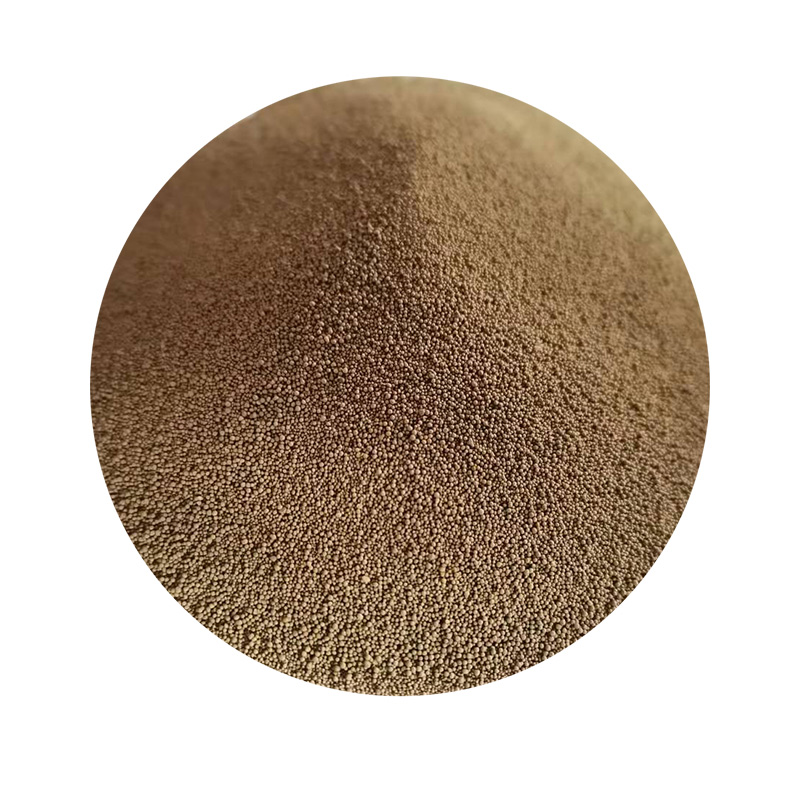Understanding Foundry Sand Definition and Importance
In the realm of metal casting, foundry sand plays a pivotal role in ensuring the quality and efficiency of the manufacturing process. But what exactly is foundry sand, and why is it so important? This article delves into the meaning of foundry sand, its composition, and its significance in metal casting.
Understanding Foundry Sand Definition and Importance
One of the primary characteristics of foundry sand is its ability to hold its shape and provide excellent surface finishes when forming molds for metal casting. The grains are usually round or sub-rounded, allowing for proper flowability and compaction. The presence of clay—commonly bentonite—adds necessary binding properties, which help to retain the sand's shape even under the high temperatures encountered in metal casting operations.
foundry sand meaning

The significance of foundry sand cannot be overstated. In metal casting, the quality of the mold directly influences the final product's dimensional accuracy, surface finish, and overall integrity. Foundry sand enables manufacturers to produce complex shapes and intricate designs with minimal defects. This is particularly important in industries such as automotive, aerospace, and machinery, where precision and reliability are paramount.
Furthermore, the recyclability of foundry sand is an essential aspect that has gained attention in recent years. Traditionally, foundry sand was considered a waste product once its life cycle in the mold was complete. However, with advancements in recycling techniques, much of the used foundry sand can be reclaimed and processed for reuse. This not only reduces waste and environmental impact but also lowers costs for foundries, making the casting process more sustainable.
Moreover, the characteristics of foundry sand can be tailored to meet specific casting requirements. Different types of foundry sand—such as green sand, dry sand, and resin-bonded sand—are used depending on the casting method and the desired outcomes. For instance, green sand is a mixture of sand, clay, and water, while resin-bonded sand utilizes synthetic resins to create more durable molds with excellent surface finishes.
In conclusion, foundry sand is a critical material in the metal casting industry, providing the necessary properties for mold formation, enhancing the quality of cast products, and supporting sustainability efforts through recycling. As the industry continues to evolve, the importance of high-quality foundry sand remains steadfast, driving innovations in casting technologies and processes. Understanding foundry sand is essential for professionals in the field, ensuring that they can harness its properties effectively to achieve superior casting results.
Post time:Sep . 04, 2024 10:38
Next:sand casting applications
